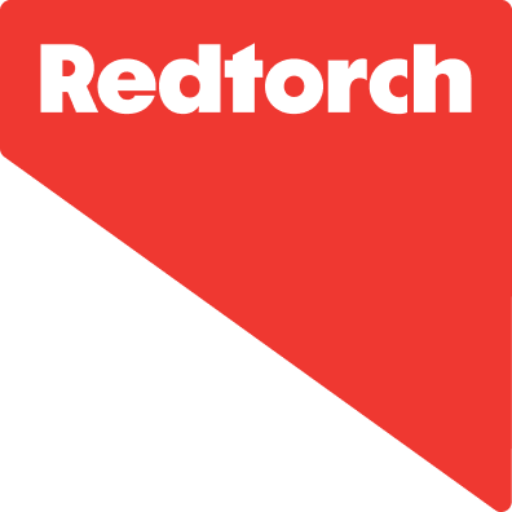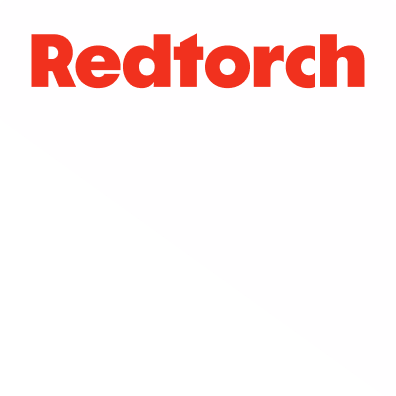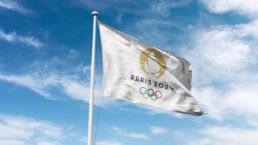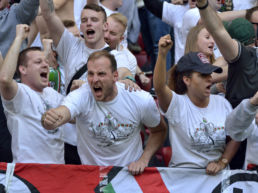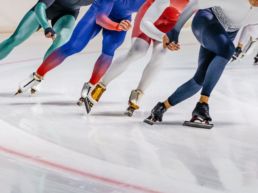The recent Olympic Games not only captivated the world but proved a marketing triumph. What follows are a few thoughts on this spectacular double whammy.
In the lead-up to the Games, our research indicated that worldwide interest had surged by 47% since Tokyo 2020. Two questions sprang to mind:
- could Paris 2024 rise to the pre-event hype?
- could the diverse array of sports keep the global audience glued to their screens?
The answer to both questions was a resounding YES!
Unprecedented Engagement
We already have tangible evidence that pre-Games interest became unprecedented engagement. Comparison between Tokyo 2020 and Paris 2024 reveals a staggering rise in interest – e.g. NBC reported an extraordinary 82% increase in average total audience numbers compared to Tokyo.
Experiencing Paris: branding & distinctiveness
A weekend visit to Paris (thanks to our generous clients), allowed me to see at first-hand how this growth was achieved. My journey began at the bustling Gare du Nord where the energy was palpable. The intense summer heat added to my anticipation as I stepped into a city draped in the distinctive purple branding of Paris 2024.
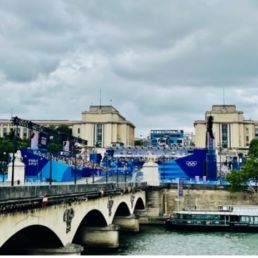
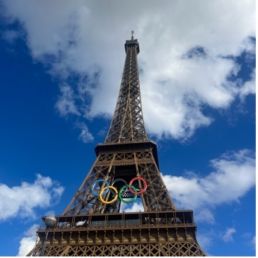
Games branding integrated seamlessly with iconic city landmarks, from the winding river Seine doubling up as a swimming venue to the majestic Champs-Élysées transformed into Champions Park. The whole thing was a masterclass in distinctiveness, a theme that resonated throughout the Games. The Olympics didn’t just have local appeal, but global, driving a 203% increase in the 20-year average Google search interest for Paris.
The Olympic Village: a hub of engagement for athletes
One of my most memorable experiences was in the Olympic Village. Here gathered the world’s top athletes, all aware how their stories could connect with millions. The sheer scale of the village, its high-rise buildings adorned with the colours of every nation, was awe-inspiring. But what really bowled me over was the explosion of athlete-generated content – a new generation of athletes combined with more relaxed IOC rules on sharing video content.
Out of this, new stars emerged. The American rugby phenomenon, Ilona Maher, skyrocketed from relative obscurity to global fame, amassing 2 million new fans. The fan base of Brazilian surfer Gabriel Medina grew by over 2 million, with an iconic photo that will be forever etched into Olympic memory. The content, as diverse as the athletes themselves, was equally arresting. It ranged from light-hearted memes to Norwegian swimmer Henrik Christiansen’s endearing love of chocolate muffins, and the more candid moments shared by Australian boxer Harry Garside.
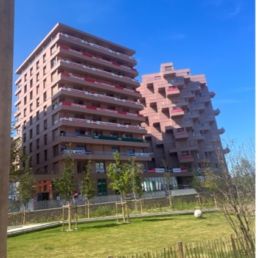
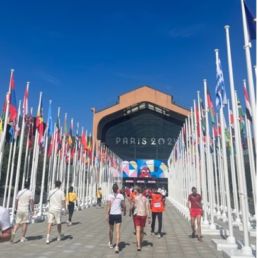
Social media explosion & global engagement
This surge in athlete content supported double-digit growth in social media engagements compared to Tokyo 2020. As athletes connected with new audiences worldwide, we saw a significant shift in how audiences experience the Games. The once-exclusive and mysterious Olympic Village became a hub of engagement, bringing the world closer to the athletes than ever before.
With Instagram and TikTok driving over three-quarters of social media activity globally, athletes became the centre of the conversation. True, while most sentiment was positive, there were a few negative reactions. However, for a global event of this magnitude, diverse responses were inevitable.
Stakeholders successfully connecting to popular culture
The success of these Games wasn’t just about the athletes – it was also about the stakeholders who made it all possible. Media rights holders excelled in producing highly effective content programmes, particularly NBC and its most significant collaboration with Snoop Dogg. Beyond NBC, global media rights holders delivered over 50% of all social media engagements at Paris 2024, adding still further to the Games’ massive global reach.
ANOC studios & future opportunities
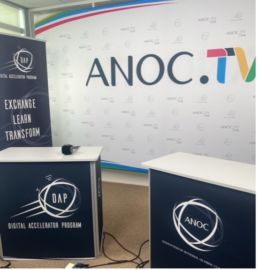
Behind the headlines, there were quieter but equally impactful initiatives. I had the chance to explore the ANOC Digital Acceleration Programme – a project Redtorch helped develop and continues to support – which led to the creation of ANOC Studios near the Olympic Village. These enabled National Olympic Committees (NOCs) to produce bespoke content for their own channels, creating over 100 pieces of content and supporting an average 30% growth for NOCs on Instagram globally. I hope this programme can be further developed to help NOCs become even more effective in their communications strategies.
Final reflections: a new standard for the Olympics
In summary, Paris 2024 was a masterclass in effective athlete and influencer engagement. The operational delivery of these Games was exceptional, setting a new standard for future Olympics by demonstrating that, when done right, sports and marketing can work together to connect the world like never before.
All figures in this article are provided by Redtorch Research and Performance Lab.
Chris Argyle-Robinson
Digital savvy. Always inquisitive. Sport loving and father of two young and very energetic girls.
My most memorable sporting moment is …
Spectating: Zenit St Petersburg v Liverpool with fellow director / friend Alex Ross.
Participating: Marathon in 3hr 40mins.
I am happiest when …
With family on the beach or in the mountains.
The sports person that best represents me is …
Geraint Thomas.
The three things at the top of my bucket list are …
1. Heli skiing with family and friends
2. Visit South Georgia and the South Sandwich Islands
3. Climb Everest / Surf Chicama
A quote I try to live my life by is …
“It is not the strongest of the species that survives, nor the most intelligent that survives. It is the one that is most adaptable to change.”
